Chile is one of the best places on Earth for stargazing, practical astronomy and observing the Milky Way, with plenty of dark-sky sites primed for wonderful views of the night sky.
The country is a premium destination for both amateur and professional astronomers, as well as tourists who love to admire the jewels of the southern hemisphere night sky.
It might be best-known among astronomy circles for the Atacama Desert, site of the European Southern Observatory's Very Large Telescope and ALMA array.
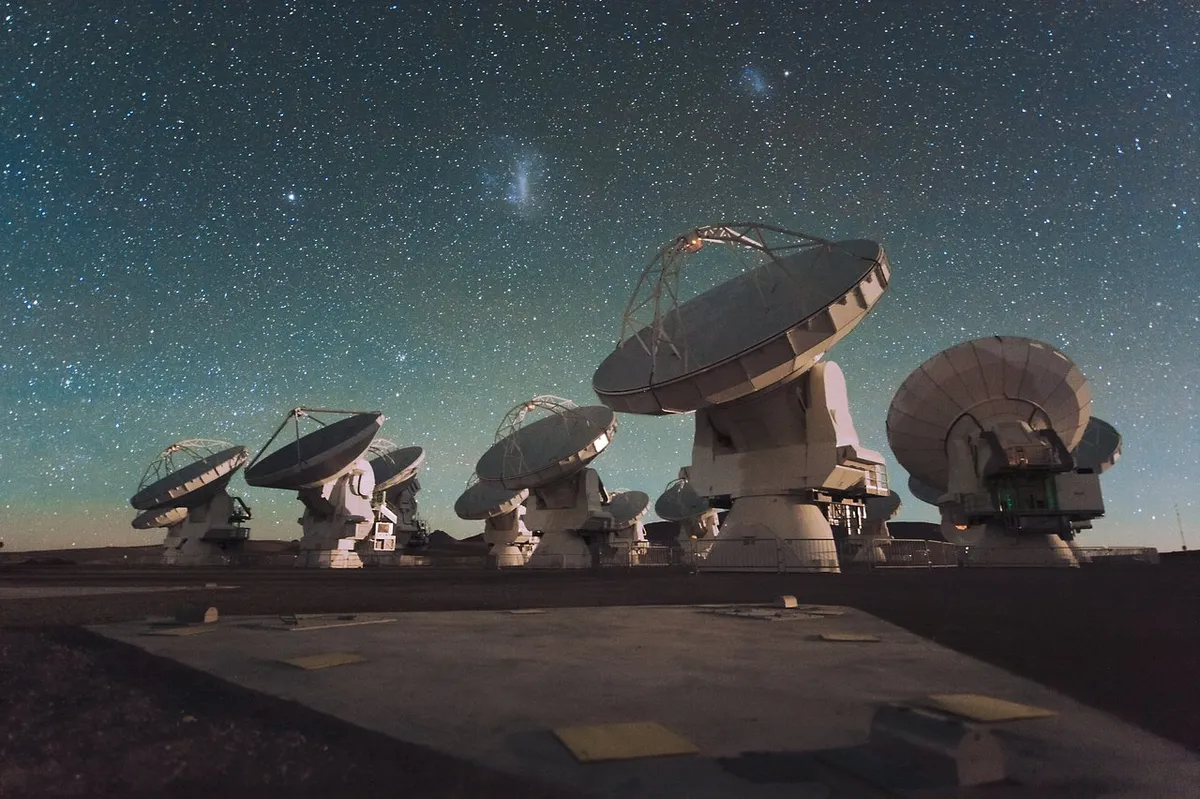
And the reasons that increasing numbers of astronomers and stargazers are seeking out dark-sky sites in places like Chile is obvious, if you've spent many a night observing from a town or city.
Many of us find urban areas in our own regions are dramatically increasing, and finding dark-sky locations has never been more tricky.
Among the biggest issues are light pollution hiding the sight of the Milky Way in our night skies, and air humidity that causes stars to twinkle.
Many regions in Chile do not have these problems, and if they do, they exist on a smaller scale.

Why Chile is so good for stargazing and astonomy
- Latitude enables brightest region of the Milky Way to reach the zenith: the area directly above the observer - in winter
- Atmospheric conditions like dry air and high-altitude regions make it a great place to observe a sparkling night sky
- Chile’s weather is excellent for stargazing, with rare cloud coverage in the Andes and almost no rainfall at all in some places.
- Light pollution is low because there are only a few inhabited areas outside main cities.
If you plan to visit the country ahead of the October 2 2024 annular solar eclipse and want to take advantage of its amazing dark skies, our Chilean stargazing guide is for you!
Chile’s best dark-sky locations for stargazing
Gabriela Mistral Dark Sky Sanctuary, Elqui Valley
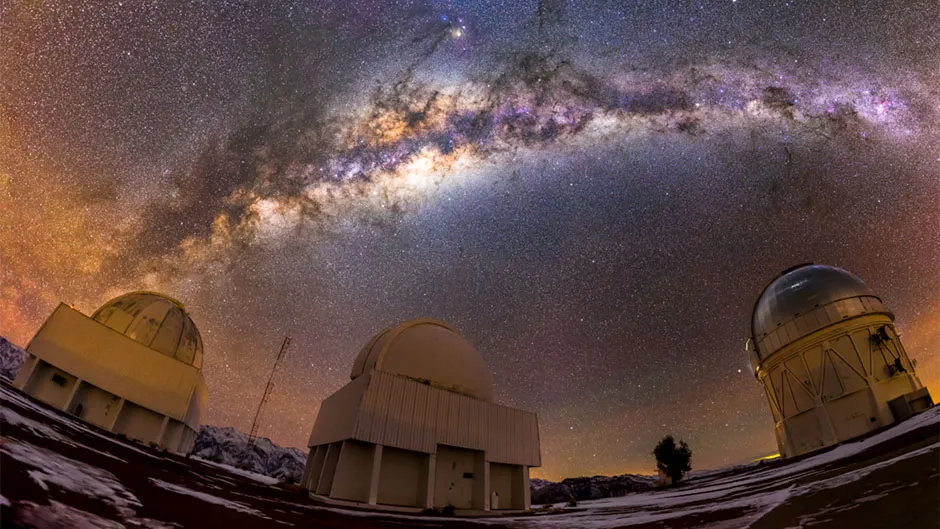
In the Coquimbo Region, 500km north of Santiago and 80km east of La Serena is the world’s first Dark Sky Sanctuary, named after the Chilean poet Gabriela Mistral.
Designated as such in August 2015 by the International Dark Sky Association (IDA), the site includes the Association of Universities for Research in Astronomy’s (AURA) observatories in Cerro Tololo and Cerro Pachon.
The darkness of the sky and atmospheric stability make it a must-visit place for stargazing.
Cochiguaz Valley
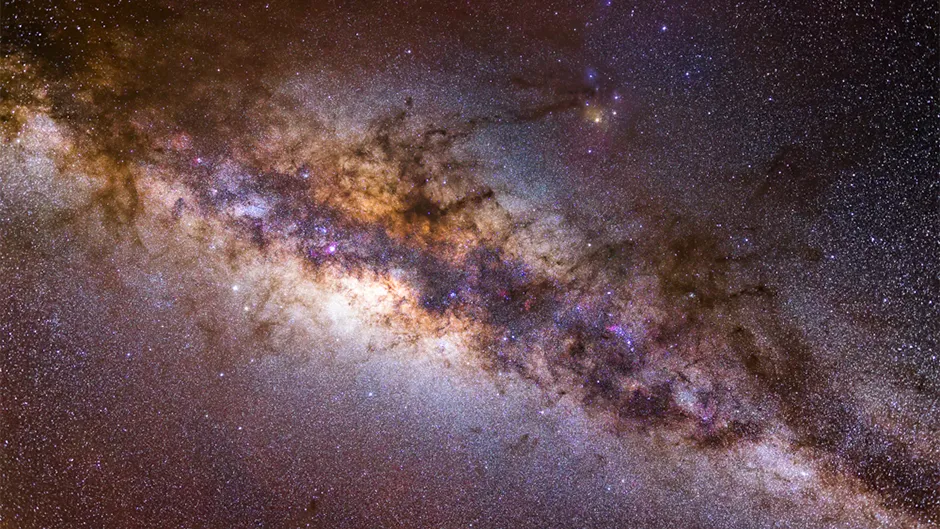
Coquimbo region is called the ‘region of the stars’ by the Chilean people.
It's difficult to argue against this description of the region, especially in the Cochiguaz Valley, which is one of the best places to go for stargazing in Chile, and observing the Milky Way in particular.
In the heart of the Chilean Andes, at 2,000m altitude, it is an amazing place during daytime and makes you feel as if you were on another planet.
When night falls, you feel like you have been transported to another world.
Its marvellous sky enables stargazers to admire the shape and the dust gas of the Milky Way (see above image), which appears like a slightly under-exposed monochrome picture.
Salar de Atacama
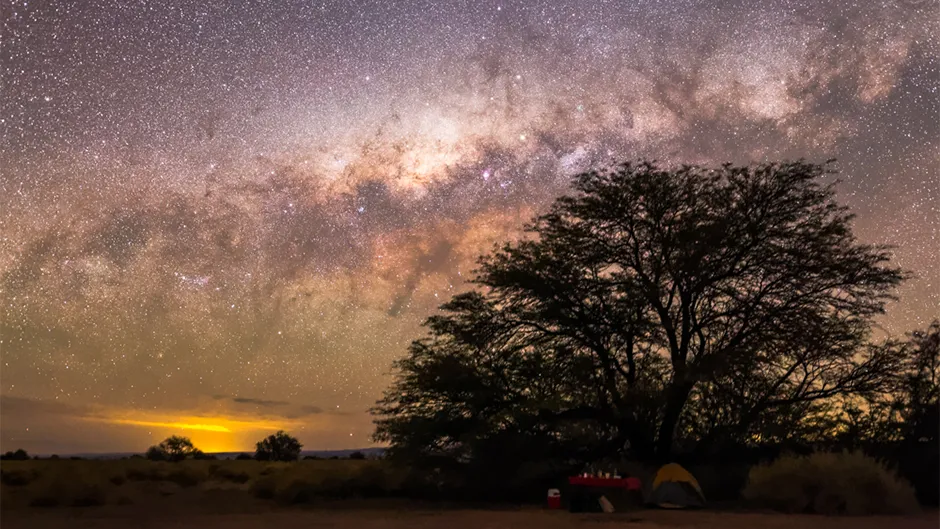
Any astronomy of stargazing visit to Chile should include its most famous astronomical destination: the Atacama desert.
To reach this northern part of the country, 1000km north from La Serena, a flight connection is recommended.
Reams of night spots are located on this vast piece of land and selecting a single one is not easy.
One appropriate place, far enough from nearby towns to avoid light pollution, is a flat area located in the salty part of the desert called the Salar de Atacama.
From there, an unforgettable 360° view of the Milky Way will amaze those looking for quiet and dark locations for astrophotography.
San Pedro de Atacama
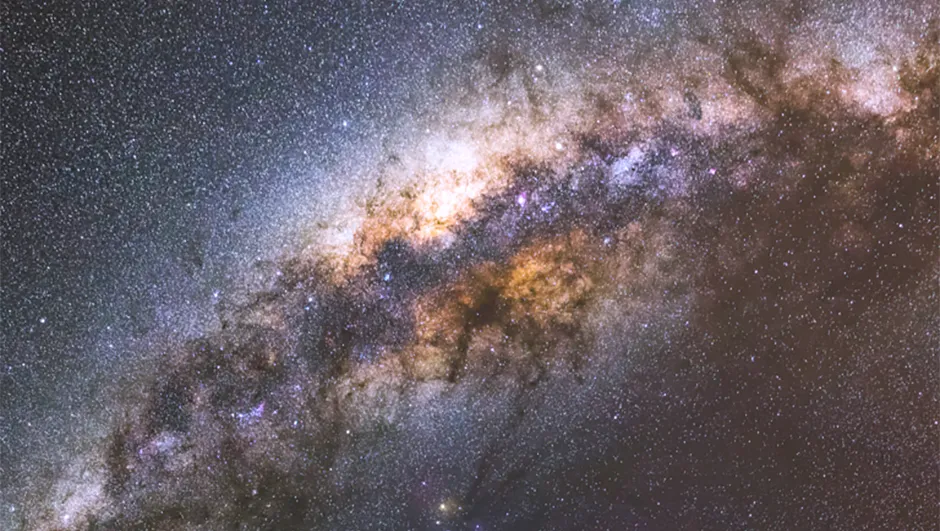
Dark sites for amateur astronomy, deep-sky imaging and stargazing in Chile can also be found around San Pedro De Atacama, the most popular town in the desert.
San Pedro has direct connection to the city of Calama via taxi or shuttle, the trip lasting under an hour.
Although Calama has a population of about 5,000, light pollution remains low once you reach 2km from the centre.
Here you can find lots of accommodation with fantastic views of the night sky.
San Pedro itself also boasts a range of astronomical tours and a lot of observatories worth a visit.
Chile's best observatories for visiting tourists
Mamalluca Observatory

Inaugurated in 1994, this is the first astronomical observatory in Chile entirely dedicated to tourists.
It is located in the Coquimbo region, 9km northeast of the city of Vicuña in the Elqui Valley.
Settled in a remote dark place at 1,100m altitude, Mamalluca is equipped with a planetarium, a visitors’ hall and eight convenient telescopes for night-time observing, ranging from 12-inch to 16-inch reflectors.
www.astronomictourism.com/mamalluca-observatory-tour.html
Alfa Aldea Astronomical Center
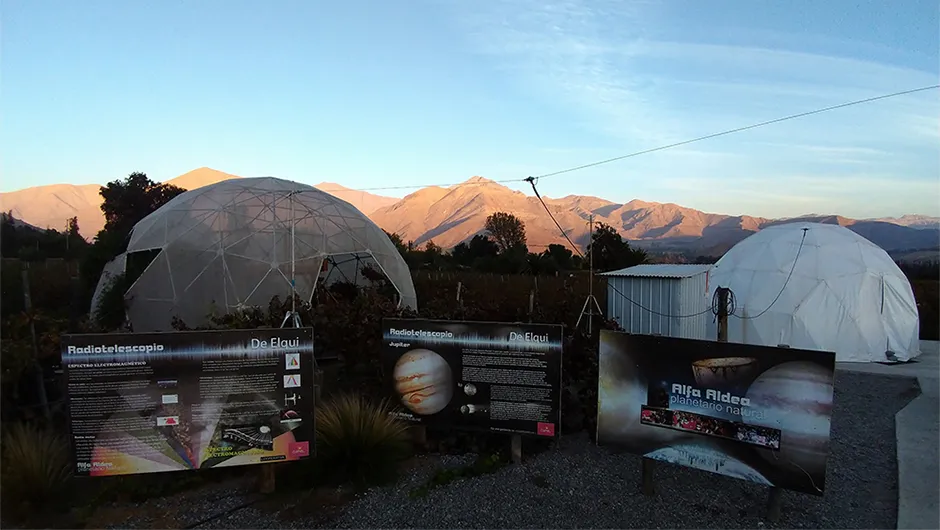
Spending the night admiring the starry sky is one thing, but spending a night stargazing in your hotel is another.
At Alfa Aldea, you can observe and sleep in the same place, making it one of the best hotels for stargazing in Chile.
The establishment is based in the heart of a vineyard, 2km away from the centre of Vicuña city and provides astronomical tours in its open-air amphitheater.
The cherry on top is the direct view of the GEMINI and LSST telescopes.
www.gochile.cl/en/tours/visita-observatorio-alfa-aldea.htm
Del Pangue Observatory
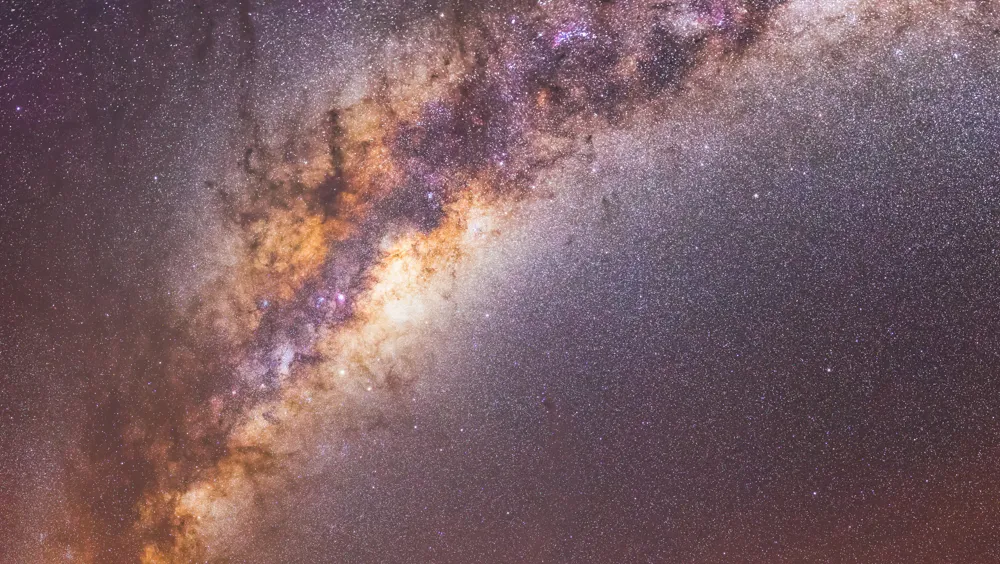
Take the advantage of being under one of the world’s darkest skies by viewing it through incredible optical instruments.
Atop a 1,450m-high mountain, 17km away from Vicuña, the Del Pangue Observatory is highly recommended for advanced observers and astrophotographers, with a range of 16-, 20-, 25- or 28-inch reflectors for use.
The sky quality visible from Pangue Observatory is as amazing as the Atacama desert.
And the site also boasts nearby views of Cerro Tololo and Cerro Pachon observatories.
www.observatoriodelpangue.blogspot.com
Cerro Mayu Observatory
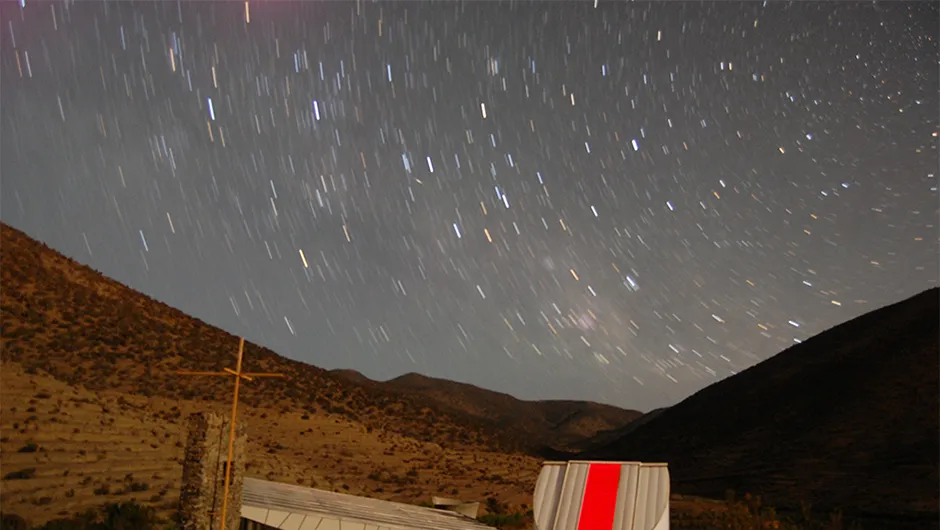
Cerro Mayu lies at the entrance of Elqui Valley in the village of Quebrada de Talca village, 25km from La Serena.
The observatory is notable by its beautiful design, inspired by the country’s indigenous cultures.
Its dome is a one-off creation and its 14-inch-telescope is used for public observing sessions.
The building contains also a large conference room for astronomy talks, although the talks are only held in Spanish.
Cielo Sur Observatory
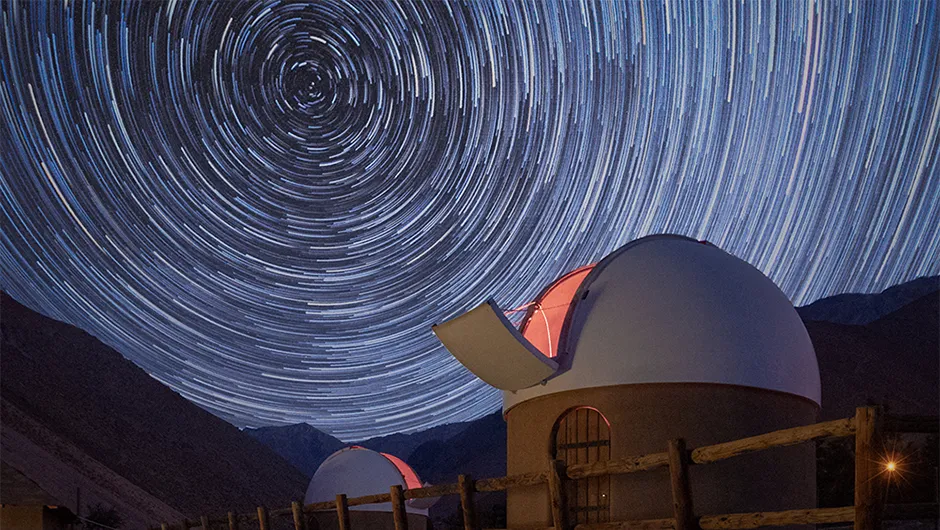
Among the most remote places in the Elqui Valley is Alcohuaz.
13km south of the popular town of Pisco Elqui, this tiny village is home to Cielo Sur Observatorio.
Meaning 'the Southern Sky Observatory' in Spanish, it consists of twin 11-inch telescopes.
Surrounded by the Andes, the area is a good choice for wide-field astrophotographers too.
Chakana Observatory
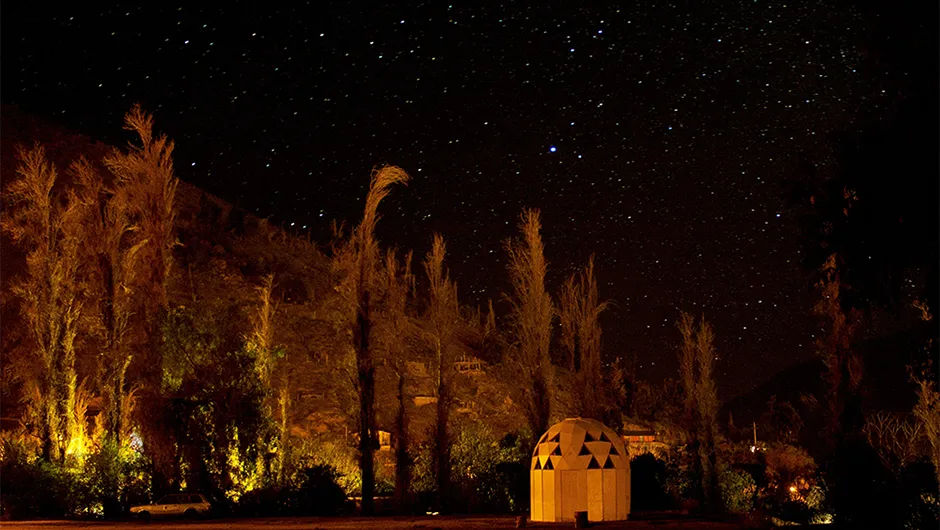
At 1,265m high and located within the mountain town of Pisco Elqui, Chakana Observatory is located on a former football pitch.
It provides astronomical tours using an 11-inch Cassegrain telescope and a 7-inch refractor.
Demonstrations and meetings are held regularly throughout the year.
www.piscoelqui.com/index.php/chakana2.html
Hacienda Los Andes Observatory
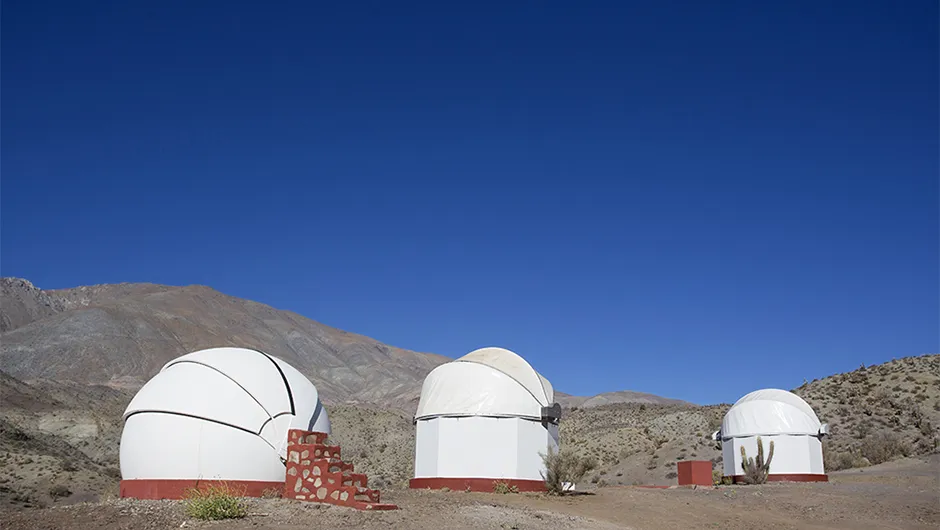
50km South of Vicuña, at the feet of Cerro Pachon observatory, the Hacienda Los Andes is a well-known remote location for amateur astrophotographers worldwide.
The facility offers not only tremendous astronomical setups available to hire, but also Dobsonian telescopes for visual astronomy.
If you’re looking for a special rendezvous with the Milky Way, this place is ideal.
www.chile-travel.com/haciendalosandes
Cruz del Sur Observatory
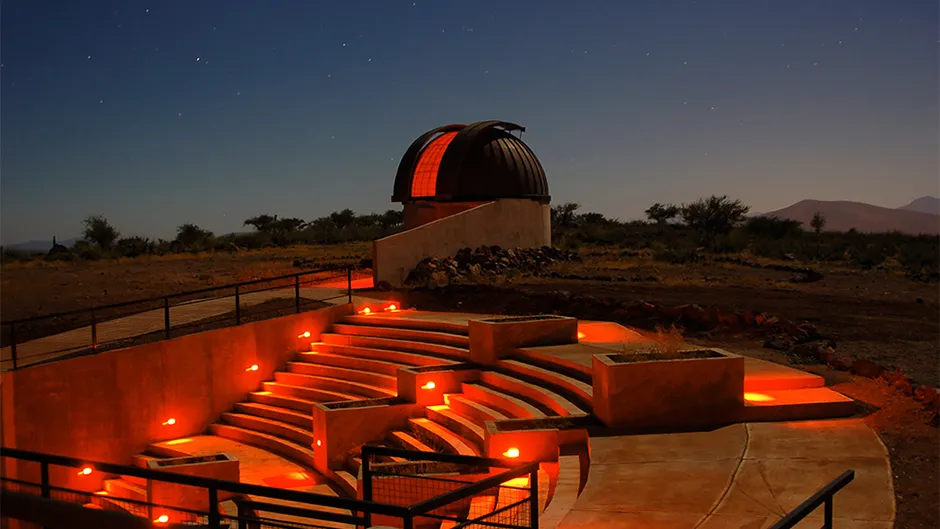
Cruz del Sur observatory is a gigantic astronomical facility whose design mirrors the Southern Cross constellation.
Four domes equipped with two 16-inch telescopes and two 14-inch telescopes are available for observing.
Located in Combarbalá village, this observatory is 188km south of La Serena.
www.astronomictourism.com/cruz-del-sur-observatory.html
Chile’s top professional observatories
Cerro Tololo Inter-American Observatory (CTIO)
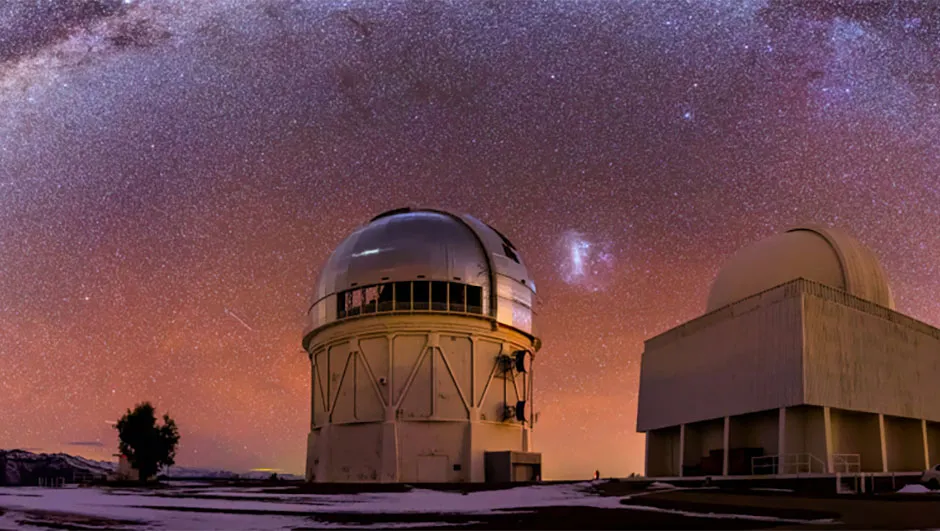
CTIO is a pioneering professional observatory that hosts the Blanco 4-meter telescope.
With an astronomical history going back to the 1960s, CTIO is an active scientific place, with the highest density of individual telescopes in the country.
You can even visit CTIO if you contact them online
noirlab.edu/public/programs/ctio
GEMINI South
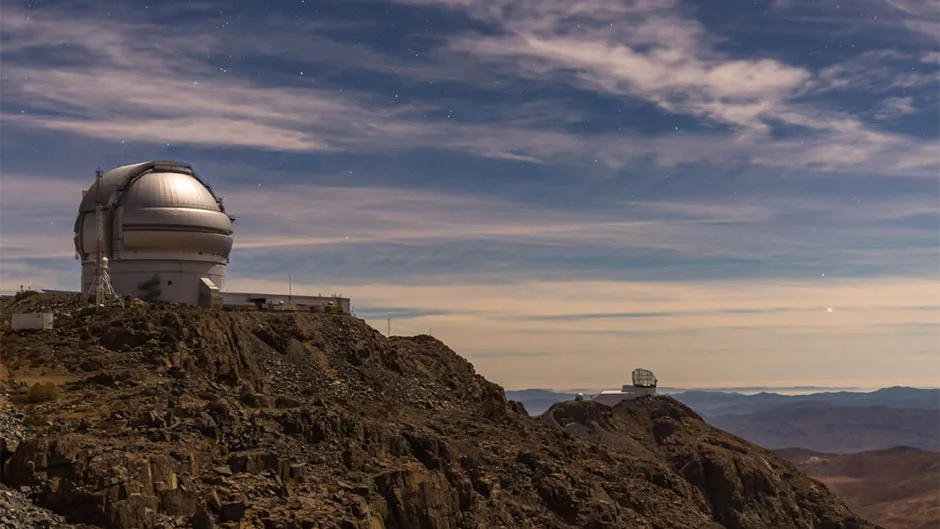
A few kilometres from CTIO, atop the 2,700m-high Cerro Pachón is the 8-meter-class telescope at GEMINI South.
Free tours are available and on the same summit, the 4.1m SOAR telescope and the next-generation LSST telescope can also be found.
There is handy travel information for GEMINI South available online.
noirlab.edu/public/programs/gemini-observatory/gemini-south
La Silla
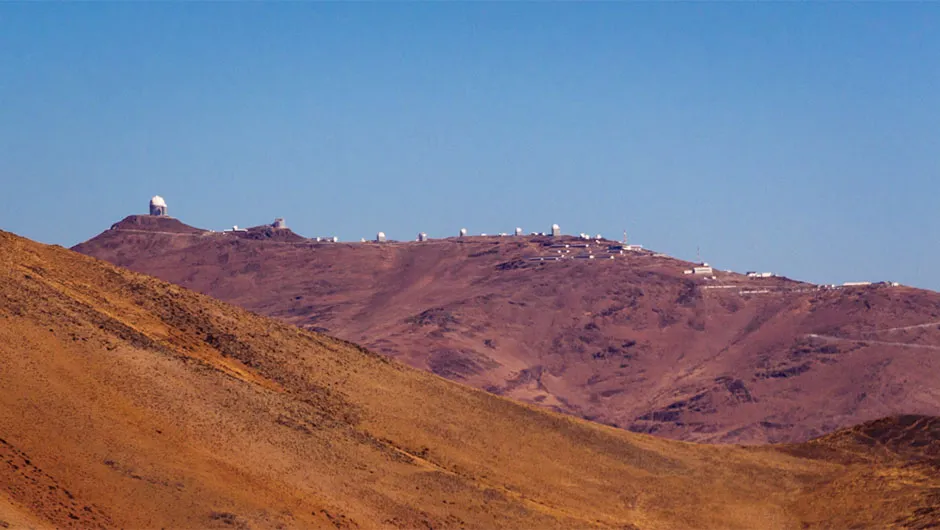
The very first observatory established by ESO, La Silla is located in the Coquimbo region.
154km north of La Serena on the outskirts of the Atacama Desert, it's one of the most famous stargazing sites in Chile.
There are also weekend tours of La Silla observatory available.
www.eso.org/public/unitedkingdom/teles-instr/lasilla
Las Campanas Observatory
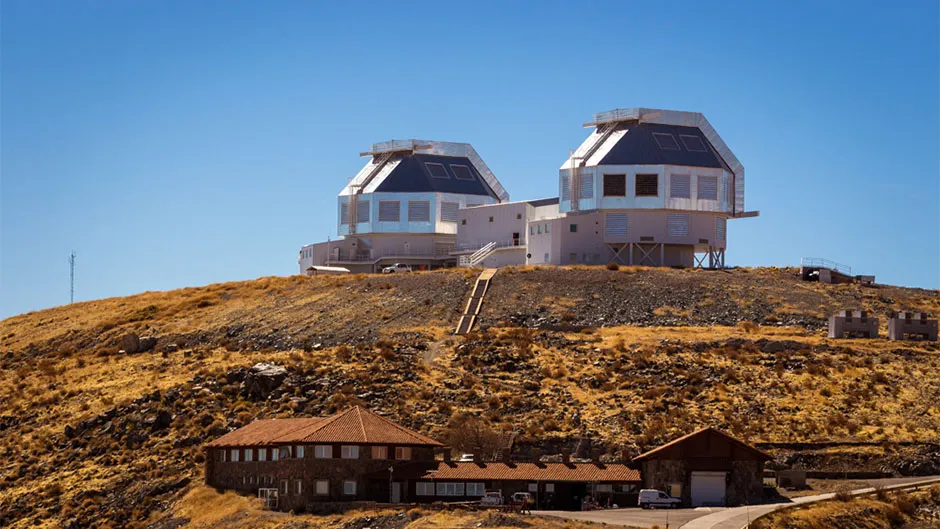
Few kilometers north of La Silla, this US observatory is home to impressive 6.5m twin telescopes.
On 17 August 2017, the 1m Swope Telescope at LCO became the first observatory to view the optical source of a phenomenon that created gravitational waves, when it observed light produced by the collision of two neutron stars.
Find out more about visiting LCO observatory online.
Paranal Observatory
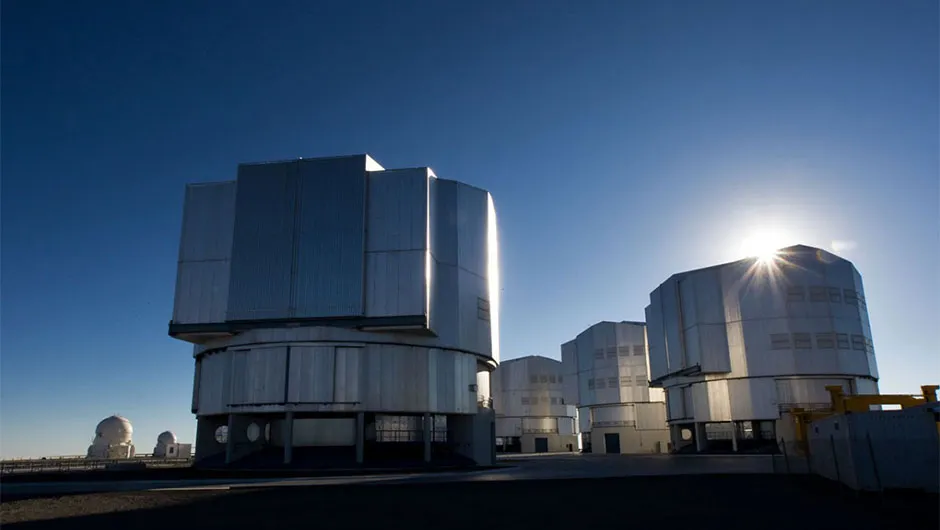
One of the most productive and renowned observatories in the world, Paranal is home to the Very Large Telescope in the Atacama desert.
The observatory is constantly upgraded with new technological innovations, helping astronomers study our Universe.
It is possible to arrange public visits to Paranal Observatory, if you want to see the telescope in action.
www.eso.org/public/unitedkingdom/teles-instr/paranal-observatory
What are your favourite stargazing sites in Chile? Are you travelling to the country for astronomy? Let us know by emailing contactus@skyatnightmagazine.com
